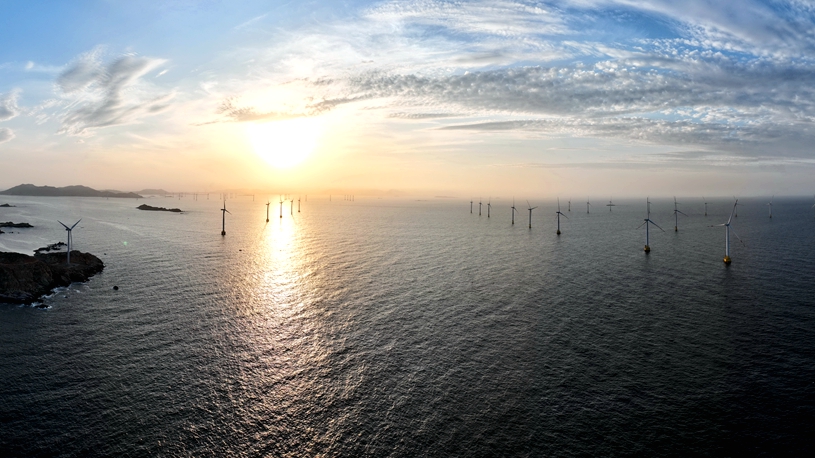(China Economic Roundtable) Global demand for NEVs far exceeds current production capacity: Chinese official
Notice: Undefined index: catFilterList in /home/zambi/public_html/wp-content/plugins/wp-likes/api.php on line 243
Source: Xinhua
Editor: huaxia
2024-05-20 13:27:15
BEIJING, May 20 (Xinhua) — The global demand for new energy vehicles (NEVs) far exceeds current production capacity, said He Hailin, an official with the Ministry of Industry and Information Technology, rebutting “overcapacity” rhetoric targeting China’s NEVs.
He made the remarks at the fifth episode of the China Economic Roundtable, an all-media talk platform hosted by Xinhua News Agency, citing an estimate made by the International Energy Agency (IEA), which expects global demand for NEVs to reach 45 million by 2030, 4.5 times that of 2022.
The IEA also forecast that global electric car sales are set to remain robust this year, reaching around 17 million by the end of the year. The sales grew about 25 percent year on year in the first quarter of the year, equivalent to the number sold in all of 2020.
He said the development of green energy has become a global consensus, and developing NEVs has been a common choice for countries to reduce pollution, tackle climate change and improve ecological environment.
Rebutting certain countries’ claim of the so-called overcapacity in China’s new energy sector, He said a nation’s production capacity surpassing domestic demand is a common and normal phenomenon globally, and it mirrors the nation’s comparative advantages and results from international division of labor and cooperation.
“In a market economy, the amount of supply and demand always vary. The balance between supply and demand is relative, while a mismatch is common,” he said.
For the NEV sector that is going through fast expansion, and one cannot conclude that there is overcapacity merely based on calculated capacity utilization rates, He said.
He said there has been no unified or recognized international standards to determine and measure overcapacity, while the capacity utilization rate could be used as one reference indicator, but various factors must be taken into account, including the characteristics of the industry, market cycle, companies’ performance, development potential as well as both domestic and international market.
China has the advantages of vast market demand, a complete industrial system to ensure supply, a huge and high-caliber workforce, and with continued technological innovation and research and development (R&D) input, making up the NEV sector’s comprehensive competitive advantages, he said.
To tackle climate change, all countries and regions must leverage their respective competitive advantages, enhance open cooperation and policy coordination, promote innovative results sharing, and create an environment for fair competition and free trade, He said. ■

























